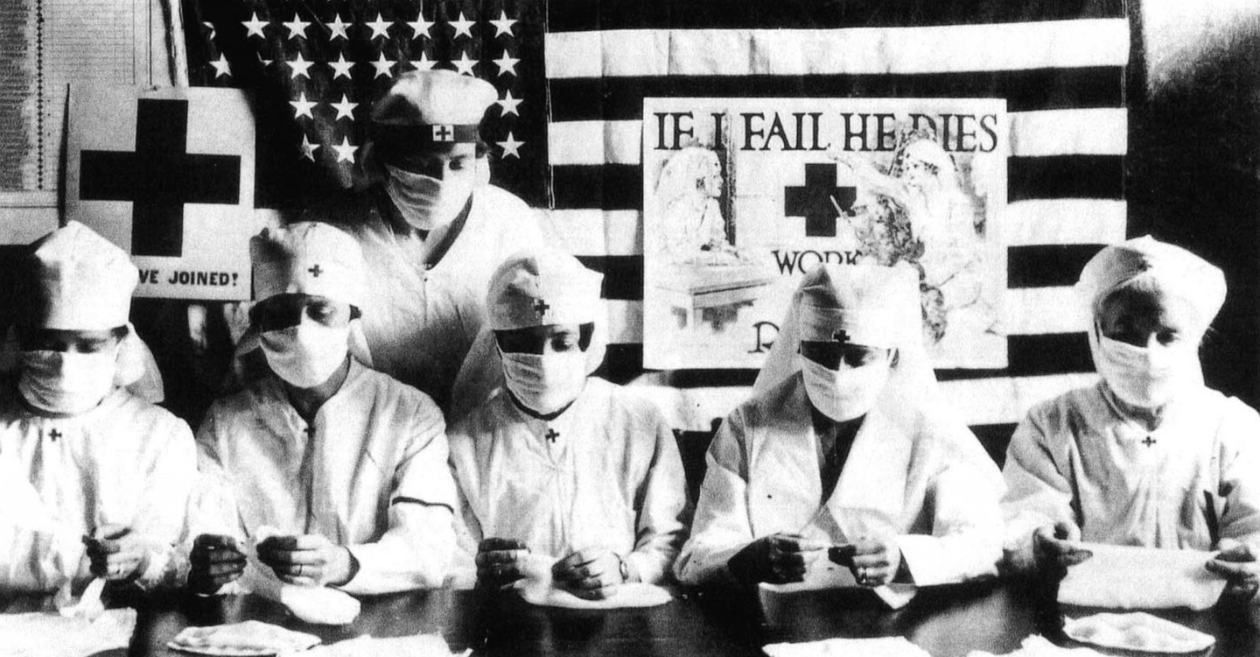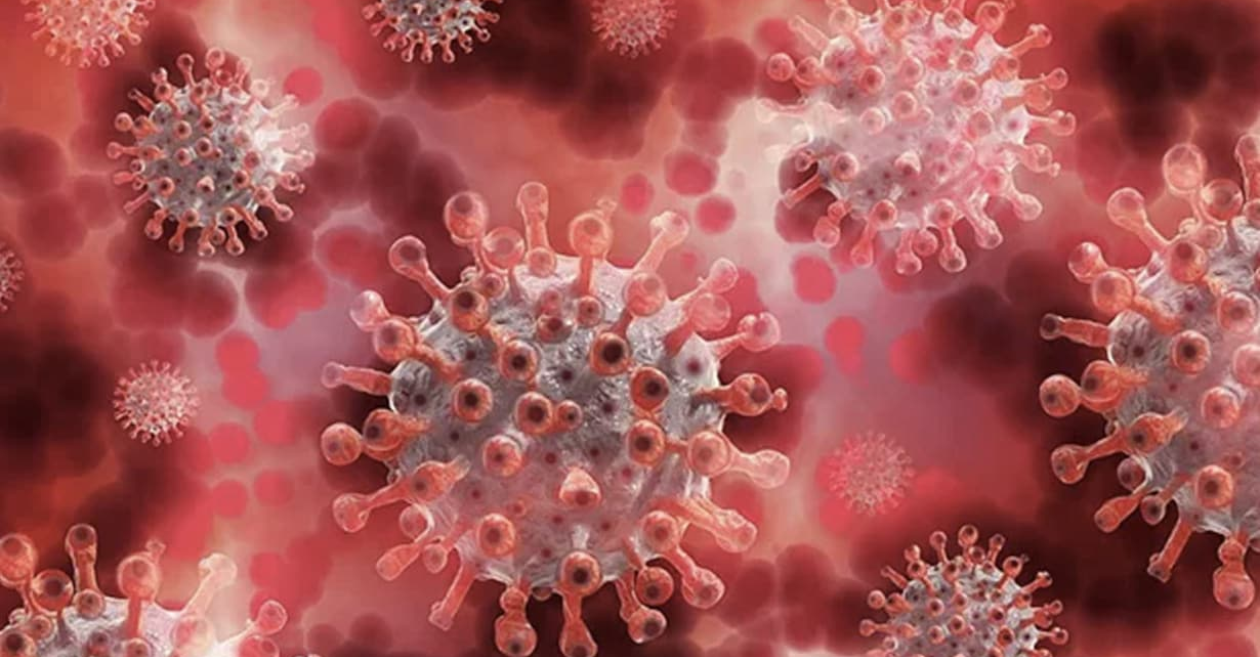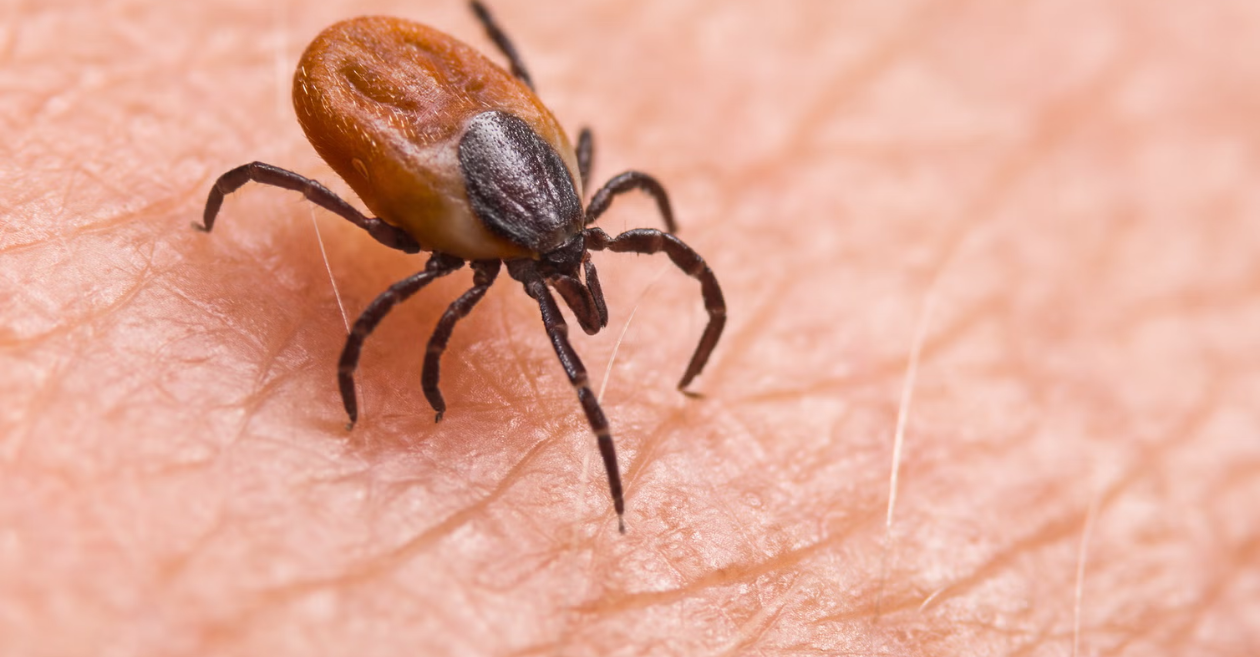


The Spanish Flu pandemic of 1918-1919 remains one of the most devastating global health crises in history. As we grapple with modern pandemics, understanding the lessons from the past becomes crucial. In this blog, we'll delve into the depths of the Spanish Flu, exploring its origins, impact, and the eerie parallels with today's health challenges.
People Also Read: World of LEGO Fortnite
1. The Spanish Flu did not originate in Spain, despite its name. It likely started in Kansas, USA, in 1918.
2. The virus quickly spread through military camps during World War I, and soldiers unwittingly became carriers.
3. By the time it reached Spain, the Spanish media, not bound by wartime censorship, reported extensively on the flu, creating a misconception that Spain was the origin.
1. The Spanish Flu infected about one-third of the world's population.
2. The death toll ranged from 50 to 100 million people, far surpassing the casualties of World War I.
3. Unlike typical flu viruses that predominantly affect the young and elderly, the Spanish Flu disproportionately targeted healthy adults, causing severe pneumonia and rapid death.
1. Both the Spanish Flu and COVID-19 share the characteristic of causing acute respiratory distress syndrome (ARDS), leading to fatalities.
2. In both cases, the initial wave was followed by more severe subsequent waves.
3. The global response to the Spanish Flu was limited due to the lack of medical advancements, mirroring the initial challenges faced during the COVID-19 pandemic.
1. During the Spanish Flu, cities implemented various public health measures such as quarantine, isolation, good personal hygiene, use of disinfectants, and limitations on public gatherings.
2. Some cities that acted swiftly and decisively had lower mortality rates compared to those slow to respond.
3. Despite the lack of advanced medical knowledge, the basic principles of public health played a crucial role in mitigating the spread of the virus.
1. Despite the devastation caused by the Spanish Flu, its historical significance often fades in comparison to other events of the time.
2. The importance of global cooperation and early intervention in the face of pandemics remains a lesson yet to be fully embraced.
3. Research and advancements in virology and immunology spurred by the Spanish Flu laid the foundation for future pandemic preparedness.
Global Impact of the Spanish Flu
| Year | Infected Population (%) | Estimated Death Toll |
| 1918 | 27% | 50 million |
| 1919 | 32% | 50-100 million |
Public Health Measures and Outcomes
| City | Early Measures Implemented | Mortality Rate (%) |
| St. Louis | Yes | 0.4 |
| Philadelphia | No | 2.3 |
| San Francisco | Yes | 0.8 |
The Spanish Flu pandemic, though a distant memory, echoes through time, offering invaluable lessons. As we confront present and future health crises, understanding the past can guide us towards more effective strategies. The shadows of the Spanish Flu remind us of the resilience of humanity and the importance of global cooperation in the face of adversity.
The Spanish Flu likely originated in Kansas, USA, in 1918. It acquired its misleading name when the Spanish media extensively covered the outbreak due to the absence of wartime censorship. The name does not accurately reflect the origin of the virus.
Approximately one-third of the world's population was infected by the Spanish Flu. The death toll is estimated to be between 50 and 100 million, with mortality rates varying across different regions and populations.
Yes, there are striking similarities. Both the Spanish Flu and COVID-19 cause acute respiratory distress syndrome (ARDS) and had subsequent waves of increased severity. The initial responses and challenges faced during both pandemics also share commonalities.
Various public health measures, such as quarantine, isolation, personal hygiene promotion, and restrictions on public gatherings, were implemented during the Spanish Flu. Cities that acted swiftly with these measures experienced lower mortality rates compared to those slow to respond.
The Spanish Flu emphasized the importance of global cooperation, early intervention, and basic public health measures. Lessons learned from the pandemic contributed to advancements in virology and immunology, laying the groundwork for future pandemic preparedness.

Looking to shed some extra pounds? Op

Alzheimer's is like an unwanted visit

In the expansive realm of healthcare,

Disease X is a mysterious term in the

Anxiety is a feeling of fear, dread,

In the realm of health, few challenge
Trash to treasure: How Google thinks
Spring Fashion Show at the University
Matter of Impact: April updates from
Android Enterprise security delivers
We are not gonna make spamming
Copyright By@TheWebTrends - 2023
BACK TO TOP